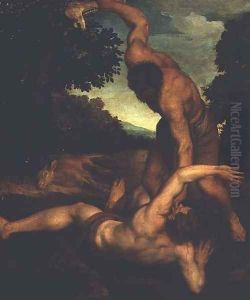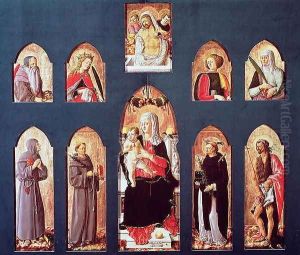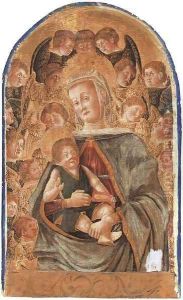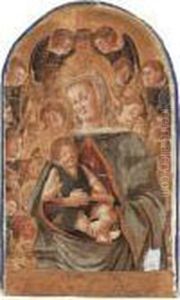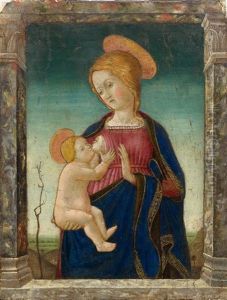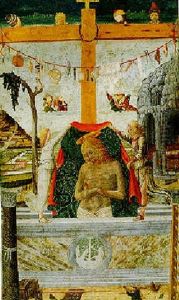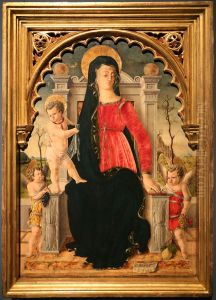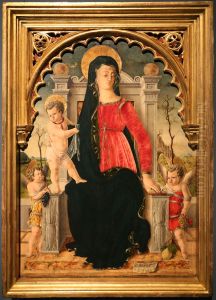Giorgio Schiavone Paintings
Giorgio Schiavone, born Juraj Ćulinović in Šibenik, Dalmatia (then part of the Republic of Venice, now Croatia), was a Renaissance painter who worked primarily in Italy. His birth date is uncertain, with estimates ranging between 1433 and 1436. He is often referred to by his Italianized name, which he adopted after moving to Italy, a common practice among artists of the time seeking recognition in the major art centers. Schiavone is considered a part of the Venetian school, though his work also reflects the influence of the Adriatic and Dalmatian artistic traditions. His death is recorded in 1504, in Padua, Italy.
Schiavone's early life in Dalmatia influenced his artistic beginnings, but it was his move to Italy that shaped his career. He is believed to have been a pupil of Francesco Squarcione in Padua, although direct documentation is scarce. This association placed him in close proximity to the early Renaissance movement that was sweeping through Italy, exposing him to the works of contemporaries like Andrea Mantegna and Giovanni Bellini. Schiavone's style is noted for its blend of Venetian colorism with the detailed, linear approach characteristic of the Paduan school, demonstrating his ability to synthesize various influences into a distinct personal style.
Despite the scarcity of documented works attributed directly to Giorgio Schiavone, several paintings are firmly ascribed to him, showcasing his adeptness in both religious and secular subjects. His works are known for their delicate treatment of light and shadow, a testament to the influence of Venetian art, as well as for their emotional depth and attention to detail, likely reflecting his Paduan training. Schiavone's contributions to Renaissance art, though not as widely recognized as those of his more famous contemporaries, reflect the cross-cultural exchanges that enriched the Italian Renaissance, bridging the artistic traditions of the Adriatic with the burgeoning humanist and naturalist approaches of the time.
Schiavone's legacy is that of a bridge between regions and styles, embodying the fluid exchange of ideas that characterized the Renaissance. His work remains an important, if somewhat understudied, part of the narrative of 15th-century Italian art, offering insights into the diffusion of Renaissance aesthetics beyond the major centers of Florence, Venice, and Rome. Today, his paintings can be found in various museums and collections, where they continue to be studied for their contributions to the development of Renaissance art.
